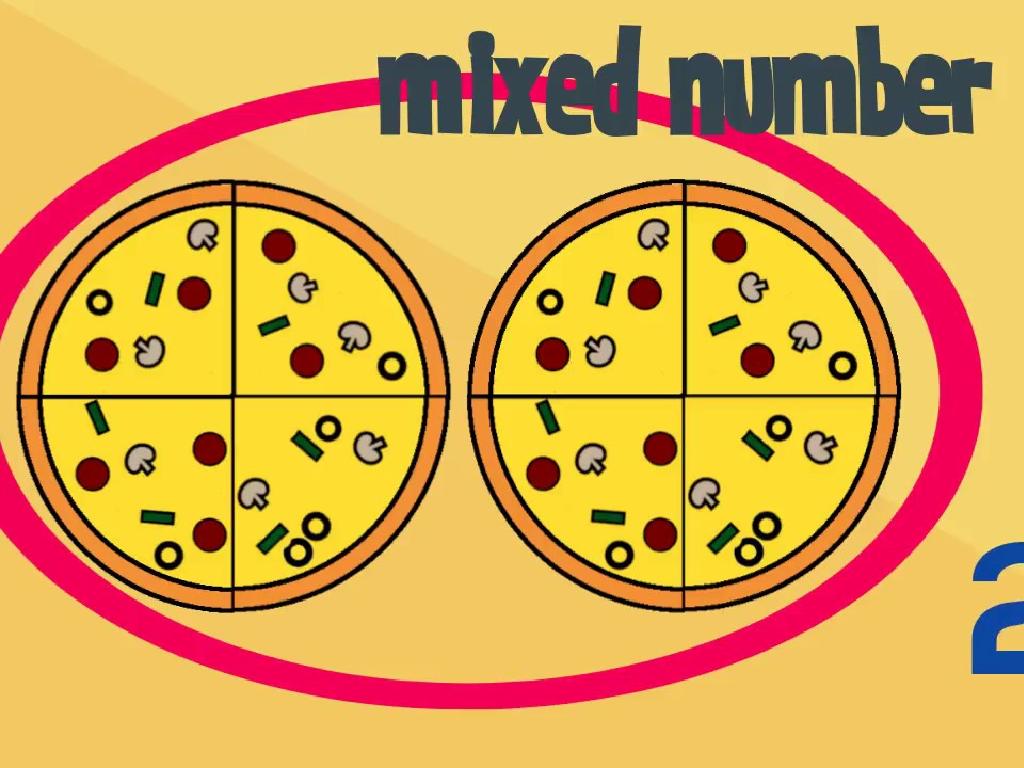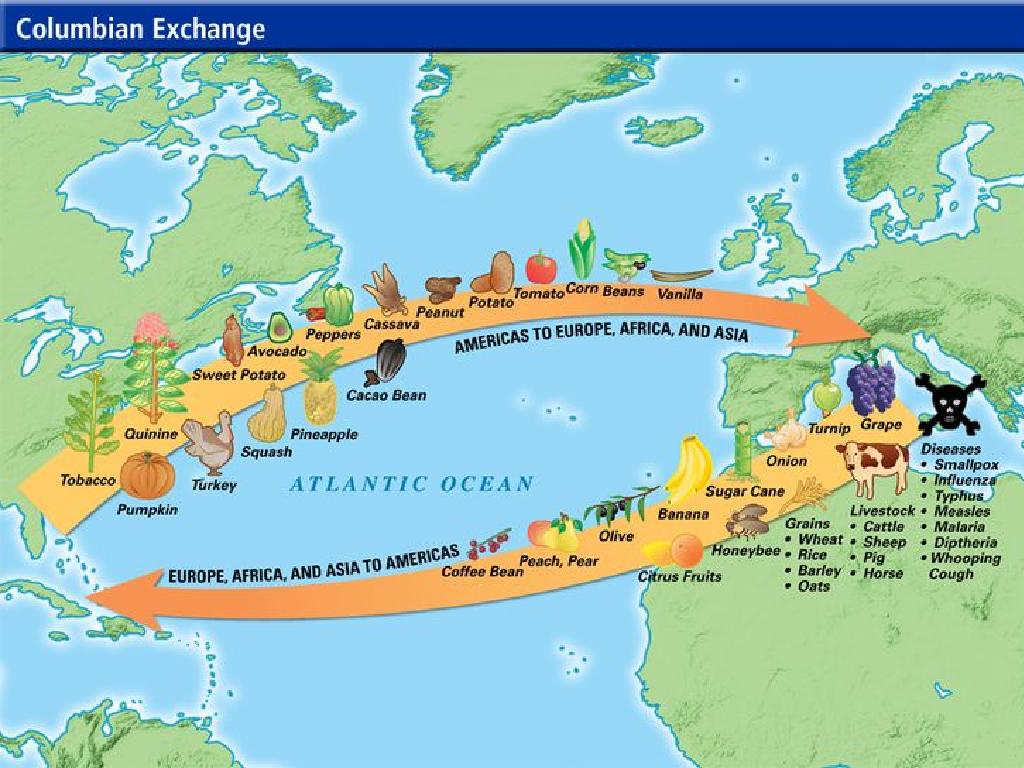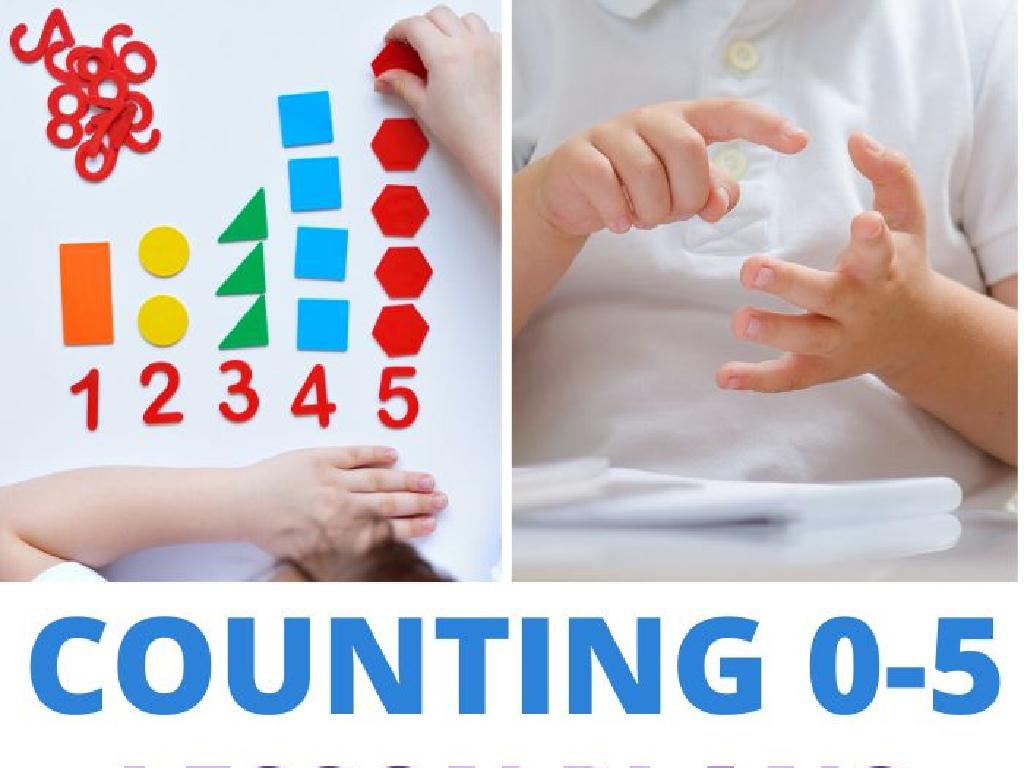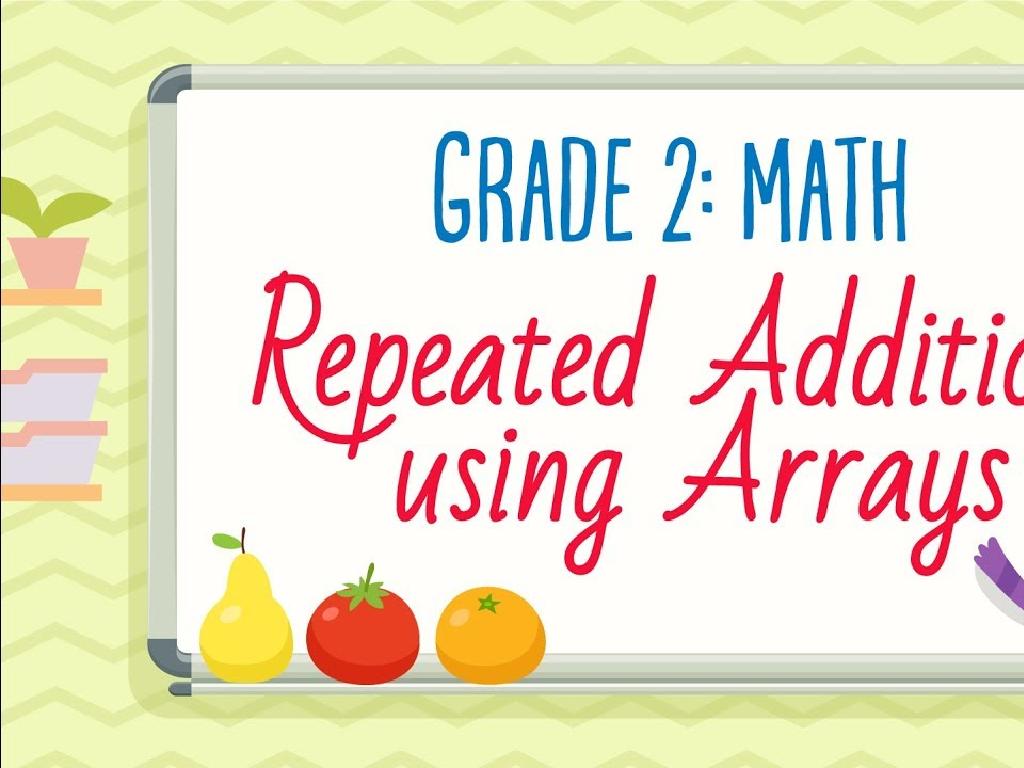Predict Heat Flow
Subject: Science
Grade: Fifth grade
Topic: Heat And Thermal Energy
Please LOG IN to download the presentation. Access is available to registered users only.
View More Content
Predicting Heat Flow
– Understanding Heat and Energy
– Heat is a form of energy that makes things warm.
– Daily uses of heat
– Cooking food, warming our homes, and even our bodies use heat.
– How heat moves
– Heat travels from warmer objects to cooler ones.
– Predicting heat direction
– We can guess where heat will go based on temperature.
|
This slide introduces the concept of heat as a form of energy and its relevance in everyday life. Begin by explaining that heat is the energy that comes from a substance whose molecules are vibrating faster due to a rise in temperature. Discuss common uses of heat in daily life, such as cooking or heating spaces, to make the concept relatable. Then, introduce the idea that heat flows from warmer to cooler objects until there is a balance in temperature. Encourage students to think about and predict the flow of heat in different scenarios, such as a spoon in a cup of hot cocoa or ice melting in the sun. This will set the foundation for understanding thermal energy transfer and the principles of thermodynamics.
Understanding Heat Flow
– Heat is energy in transit
– Heat travels from hot to cold
– Heat naturally moves to cooler areas
– Example: Cooling hot chocolate
– A hot cup of chocolate becomes cool as heat leaves it
– Heat flow in everyday life
|
This slide introduces the concept of heat as a form of energy that is always on the move, transferring from warmer objects to cooler ones until a balance is reached. It’s important for students to grasp that heat is a form of energy related to the movement of particles. Use the example of a cup of hot chocolate cooling down to illustrate this concept in a way that is relatable. Discuss how the cup feels warm at first because it’s transferring heat to your hands (which are cooler), and over time, it reaches room temperature as the heat disperses into the surrounding environment. Encourage students to think of and share other examples where they have observed heat moving from a warmer object to a cooler one.
Conductors and Insulators
– What are Conductors?
– Materials that easily transfer heat
– What are Insulators?
– Materials that resist heat flow
– Metals as Conductors
– Example: Copper and aluminum
– Wood as an Insulator
– Example: Wood does not transfer heat well
|
This slide introduces the concepts of conductors and insulators within the context of heat flow. Conductors are materials that allow heat to pass through them easily, which is why metals like copper and aluminum are good examples. Insulators, on the other hand, do not let heat flow through them readily, making wood a common example. It’s important for students to understand that these properties of materials are what make them suitable for different uses in everyday life. For instance, metal pots are used for cooking because they transfer heat well, while wooden spoons are used for stirring hot food because they do not conduct heat and are safe to hold. Encourage students to think of more examples of conductors and insulators they encounter in daily life.
Understanding Thermal Energy
– Thermal energy defined
– Total energy of particles in an object
– Depends on temperature
– Temperature measures how hot or cold
– More particles, more energy
– Like a crowd of people, more people, more energy
– Higher temperature, more energy
– Hotter objects have more thermal energy
|
This slide introduces the concept of thermal energy, which is a key topic in understanding heat flow. Thermal energy is the total energy of all the particles within an object, which includes both their kinetic and potential energies. The temperature of an object is a measure of the average kinetic energy of its particles; therefore, the higher the temperature, the more thermal energy the object has. Additionally, the amount of thermal energy depends on the number of particles in the object. A larger number of particles at a given temperature means more thermal energy. During the presentation, use relatable examples, such as comparing a small cup of hot water to a large pot of hot water to illustrate why more particles mean more energy. Encourage students to think of questions and examples related to thermal energy for discussion.
Predicting Heat Flow
– Heat travels from hot to cold
– Until both objects reach equilibrium
– Predicting heat’s direction
– Which object will heat up or cool down?
– Activity: Ice cube and hot mug
– Will the ice cube melt or the mug cool first?
|
This slide introduces the concept of heat transfer, emphasizing that heat moves from a warmer object to a cooler one until they reach the same temperature, known as thermal equilibrium. Students will learn to predict the direction of heat flow between two objects by comparing their temperatures. The class activity involves an ice cube and a mug of hot water, where students will hypothesize whether the ice will melt first or the mug will cool down, demonstrating their understanding of heat transfer. For the activity, provide students with different scenarios and materials to explore heat flow, such as metal spoons in warm water or balloons on a bottle of hot water, to observe and predict the outcomes.
Methods of Heat Transfer
– Conduction: Direct contact transfer
– Heat moves between objects that touch, like a spoon in hot soup.
– Convection: Fluids transfer heat
– Heat circulates in liquids and gases, like water boiling in a pot.
– Radiation: Transfer through space
– Heat travels without touching, like the warmth from the sun.
– Comparing heat transfer methods
|
This slide introduces the three primary methods of heat transfer relevant to the study of thermal energy: conduction, convection, and radiation. Conduction is the process by which heat is directly transmitted through a substance when there is a difference of temperature between adjoining regions, without movement of the material. Convection is the movement caused within a fluid by the tendency of hotter and therefore less dense material to rise, and colder, denser material to sink under the influence of gravity, which consequently results in transfer of heat. Radiation is the emission of energy as electromagnetic waves or as moving subatomic particles, especially high-energy particles that cause ionization. Discuss each method with examples and encourage students to think of additional examples from everyday life. This will help them understand how heat transfer occurs in different scenarios.
Experiment Time: Observing Heat Flow
– Conduct a heat flow experiment
– Gather two spoons and warm water
– One metal spoon, one plastic spoon, and a cup of warm water needed
– Predict spoon temperature change
– Think about the materials before predicting
– Observe which spoon heats up faster
– Metal conducts heat better, so it might heat up quicker than plastic
|
This experiment is designed to help students understand the concept of heat flow through direct observation. By comparing a metal spoon to a plastic spoon, students will see how different materials conduct heat differently. Before the experiment, encourage students to touch the spoons and feel their room temperature. Ask them to predict which spoon will heat up faster and why, discussing the properties of metal and plastic. After placing the spoons in warm water, students should observe and touch the handles to feel which one heats up faster. This will lead to a discussion on thermal conductivity and why certain materials are better at transferring heat. Make sure to supervise the experiment to ensure safety when handling warm water.
Class Activity: Heat Flow Challenge
– List classroom items & predict temperatures
– Touch items to feel warmth or coolness
– Are metal chairs cooler than the rug? Why?
– Discuss reasons for temperature differences
– Think about materials, room position, and usage
– Record observations and conclusions
|
This activity is designed to help students understand the concept of heat flow through direct interaction and observation. Divide the class into small groups and have them list various items in the classroom, predicting whether they will be warm or cool to the touch. Then, students should physically touch the items to see if their predictions were correct. Lead a discussion on why some objects feel warmer or cooler, considering factors such as material conductivity, exposure to sunlight, or proximity to heat sources. Have students record their observations and share their conclusions with the class. Possible activities for different groups could include comparing temperatures of objects near windows versus those in the center of the room, or items made of different materials. This will help them grasp the practical aspects of heat transfer in everyday life.
Conclusion: Understanding Heat Flow
– Recap: Heat and its movement
– Heat is energy that transfers from a warmer object to a cooler one.
– Significance of heat flow knowledge
– Knowing heat flow helps in energy conservation and safety.
– Homework: Illustrate kitchen heat flow
– Draw and label where heat comes from and goes to in your kitchen.
|
As we wrap up our lesson on heat flow, it’s crucial to review the key concepts. Heat is a form of energy that moves from a warmer substance to a cooler one until both reach the same temperature. Understanding how heat transfers can help us in everyday life, from saving energy at home to staying safe while cooking. For homework, students will draw a diagram showing heat sources in the kitchen, such as the stove or refrigerator, and how heat moves around. This will reinforce their understanding of the lesson and allow them to apply the concepts to a real-world scenario. Encourage creativity and ensure they label the heat sources, direction of heat flow, and cooler areas.






